“I’m thinking of stopping at Abades tomorrow,” says our friend as his machete-sized knife slices through a piece of rib-eye like a hot knife through warm butter. “Lonely Planet lists it as a picturesque fishing village and one of the top places to visit in Europe.”
Abades is neither picturesque nor a fishing village. It does boast some decent coves and an interesting abandoned leper village, but the place itself is in reality a bland newish housing development on the east coast of Tenerife.
That it made it onto a Lonely Planet list illustrates how some travel lists should be treated with caution.
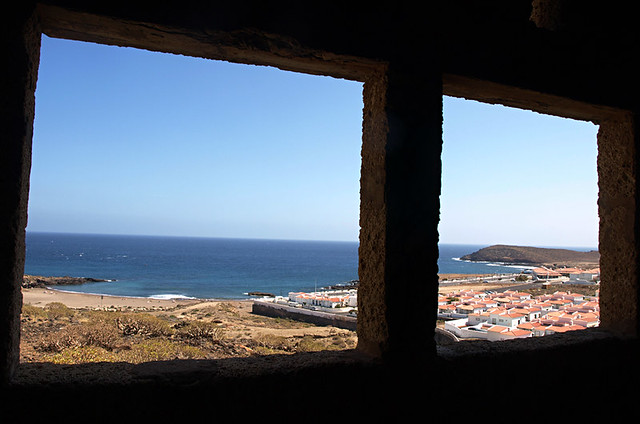
Some writers despise travel lists, viewing them as lazy travel writing designed to pull in lots of readers with the minimum of effort. However, statistics show people like lists. They’re the tapas of travel writing. In the one sitting you get to experience a taste of many different locations in bite-sized chunks. Plus, importantly, the good ones are very useful when it comes to travel planning.
The sad truth is that many travel lists are virtually useless.
The question is how do readers separate the wheat from chaff?
The bad travel lists
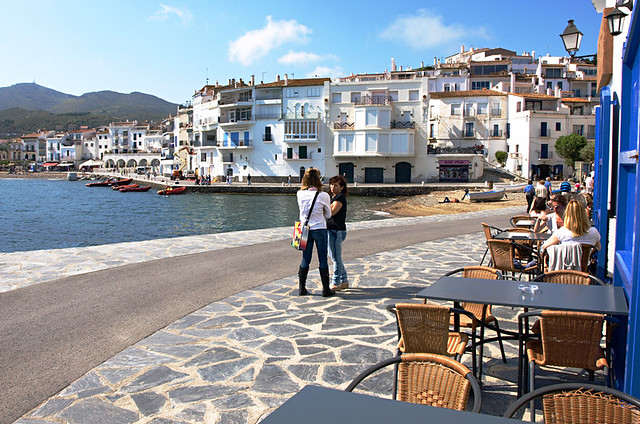
Arbitrary lists:- when it comes to travel lists many are just a random collection of places connected by some tenuous link. Whenever I see the likes of ’10 most picturesque towns in the world’, ’11 best seafood restaurants in Europe’ or ‘the 26 sexiest bars in the Universe’ I skip on to the next article. The bigger the geographical area a list covers, the more likely it is to be arbitrary. Any title falling into this category could also carry the subheading ‘the 12 (insert number of choice) best places that we can think of.’
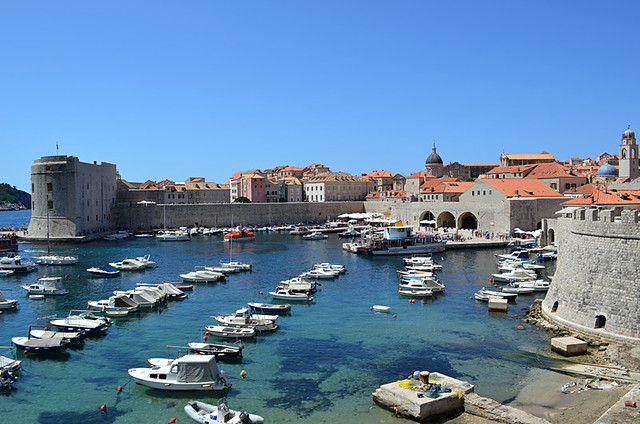
Clickbait:- clickbait lists are designed to draw people in. There’s nothing wrong with that, as long as what you get reeled in to read is worthy. A few years ago lists with numbers that weren’t 10, 5 or even 6 of the best etc. caught the eye because they’d strayed from the standard format. Now lists with titles like ’32 things to do in Latvia’ are so common they’ve become cliched and formulaic – travel writing by random numbers. That’s not to say there aren’t still some clever ones out there. We recently received a press release which included reasons not to visit a hotel in the Far East. These were obviously reasons designed to make people crazy with desire to visit the hotel. It was intelligent, creative and compelling marketing. Most aren’t. Some of the worst are the ’15 places in Europe you’ve never heard of’ type list. I often wonder what someone who lives in one of the ‘places you’ve never heard of’ thinks about that sort of title. It’s dumb. The worst I saw included Dubrovnik and Edinburgh.

Copywriting:- A significant number of travel lists are compiled by people who have never visited the places they include on their lists. It’s standard copywriting. I have nothing but the utmost respect for good copywriters. They are worth their weight in gold to travel companies wanting to perk up brochures and websites etc. The problem for me is when copywritten articles are passed off as experiential travel pieces. That’s simply deception. The main issue though is too much copywriting is badly researched, making lists pointless at best and worse, likely to cause disappointment when locations don’t match glowing recommendations (see Abades at the start). Occasionally they might even be dangerous. A recent ‘copywritten’ travel article I read included information about the difficulty levels of walking routes on Tenerife. The writer came across as being informed in what is a specialist subject, except they’d graded some challenging walking routes as easy and some relatively easy routes as being difficult.

Because it is new:- including places/locations in a travel list just to have a compilation which is ‘different’ is more a habit of the conventional travel press. Publications understandably want a different angle, so writers look for locations, bars, restaurants which aren’t regularly mentioned in travel articles. However, there’s often a vary good reason some locations aren’t regularly referenced in travel writing (see Abades at the start).
It’s been overdone but we’re pretending it hasn’t:- similarly, there are some locations which have been done to death. Cinque Terre in Italy for example. Mostly these locations are gorgeous, but everybody knows about them and subsequently they’re often very busy places. That’s no reason not to visit, but some lists don’t give readers the heads up about it. To coincide with Valentine’s Day, CN Traveler published a list of romantic small towns in Europe. There are delightful towns listed which are definitely worth seeing, and subsequently the likes of Sintra and Hallstatt are massively popular day-tripper destinations. But the article omits this information. In fact it claims Korcula in Croatia is so remote it keeps the pretty little town free of crowds. We couldn’t find a free parking space when we rolled into town.
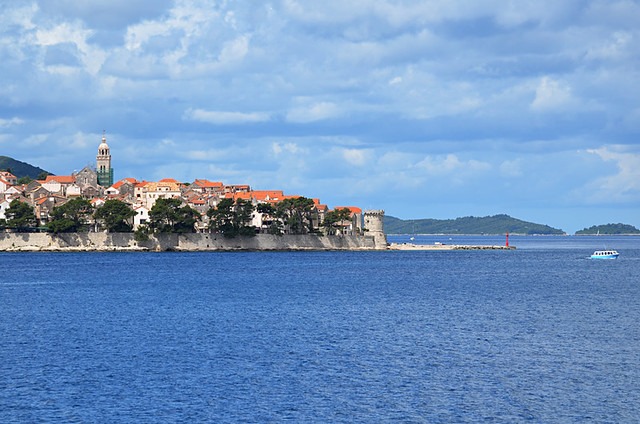
The good travel lists
For all my griping, I’m a fan of travel lists. Like any person researching a holiday I find them extremely useful for giving me ideas for places to visit and for laying a framework from which to build on. The smaller the focus of a list, the better. So compilations involving individual countries, regions, cities, towns etc. tend to work for me. There are plenty of writers who know locations well enough to compile helpful, insightful and informed lists. Then there are travel publications which take a smart approach to compiling lists. These include those newspapers and magazines who ask writers they know to have extensive knowledge of specific destinations to put forward suggestions for places/locations to be included in their ‘best of’ lists.
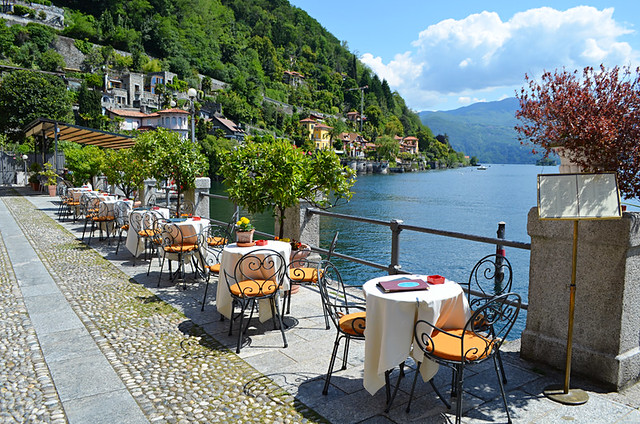
The problem, as is so often the case with any aspect of the media these days, is how to tell the good from the bad and the ugly, those which knowingly deceive and simply don’t care. It’s difficult. Normally we’d say the devil is in the detail. Anything with a lack of detail, where there’s no feel of the writer’s personality or personal experience coming through is likely to just be copy, which in itself doesn’t render advice useless.
In the case of travel lists there’s no easy answer when it comes to knowing which you can trust and which you can’t. However, knowing what ingredients constitutes a bad travel list can help.
Right, I’m off to write twenty two and a half reasons why you should visit the most disgusting public toilets in Britain’s industrial cities.
Jack is co-editor, writer and photographer for BuzzTrips and the Real Tenerife series of travel websites as well as a contributor to online travel sites and travel magazines. Follow Jack on Google+

Be the first to comment